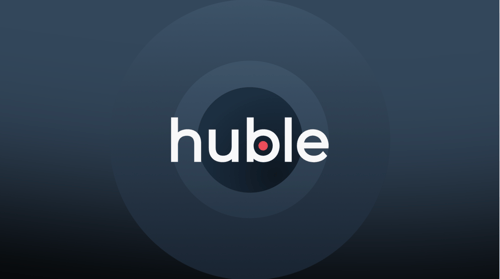The best enterprise websites are an extension of the marketing, sales, and customer service teams. Learn the seven elements that will transform your website into a high-performing asset that adds value to the customer experience across the buyer’s journey.
What’s the first thing you do when you hear about an interesting company? For many people, the answer is to visit their website. That’s because, in a digital-first world, company websites have become the primary touchpoint for customers.
But to drive growth, your company website needs to do more than just inform customers about who you are. For marketing teams, the company website is a key tool to generate leads and express your brand story.
For sales, a great website helps reps connect with customers. For HR, websites are crucial to attract and retaining talent. Your website, in short, serves multiple business functions.
Considering the important role your website plays for so many teams, ask yourself: is your website your most effective salesperson, marketer, recruiter, or customer service rep?
Even if your website is your most effective employee, what more can your website do to improve results across the business?
To answer this question, we’ve put together a list of critical elements that go into building powerful and high-performing websites.
Seven elements that make world-class websites effective
The most effective websites are guided by strategy, powered by robust technology, and display best-practice execution on every page. These elements combine to provide a consistent and exceptional customer experience.
That’s the summary. On a deeper level, your website needs to:
1. Cater for the full customer lifecycle
Your website is responsible for attracting, engaging, converting, and then retaining customers. To do this, you need a clear understanding of your target audience and their pain points at each step of the buyer’s journey.
Target audience research will help you build this understanding, which should then inform how you structure your website.
2. Be cleverly designed
Far more than window dressing, websites should feature clean layouts and a distinct visual brand identity. When websites are visually distinct, look good, and feel good to navigate, customers are more likely to have a meaningful experience with your brand.
These elements also make it easier to find and access information, which brings us to our next point.
3. Create seamless user journeys
Improving conversion rates means identifying, and then building your website around, critical user journeys. In other words, you need to give visitors the key information and calls-to-action they need, in the right order, to remove friction in their journey towards becoming happy customers.
To ensure this smooth user journey, your respective teams need to be aligned: so visitors can engage with marketing before seamlessly transitioning to sales and, finally, customer service.
Here’s the challenge: there are usually multiple critical user journeys. You need to find out which ones are worth prioritising.
4. Tell the right story to the right people
From blog content to the copy on your buttons, the messaging on every web page needs to be tailored to the needs and goals of your audience. This will ensure your messaging engages and informs those visitors who are most likely to convert.
Content should speak to the specific challenges and aspirations of your target audience. Otherwise, as the creative team here at Huble love to say, “if your website content is relevant to everyone, it’ll be useful to no one.”
5. Integrate with leading apps
We live in the golden age of integration, where countless tools can be added to your website to augment and improve its capabilities. Powerful CRM like HubSpot, for instance, can automate tasks, provide a single source of truth for your customers, and help you bring disparate business functions under one roof.
Custom integrations can be built to overcome the unique challenges faced by each team and the business as a whole.
6. Support experimentation & ongoing optimisation
The market shifts. Customer preferences and expectations change. And web pages can always be optimised to drive performance. Your ability to improve your website and keep pace with change is tied to the flexibility and ease of use of your content management system (CMS).
For instance, key stakeholders with no coding expertise, like marketing managers, may struggle to update content using a complex CMS — severely restricting the agility of your teams.
Along with being easy to update, websites should include data gathering and testing features that enable experimentation. Insights from data should guide your optimisation efforts as you discover what does and doesn’t work with your audience.
7. Be secure and reliable
In an ideal world, your site would just work, regardless of how users visit and use your website. Unfortunately, we live in a less-than-ideal world where the reliability of your website depends on factors ranging from a visitor’s internet connection to the type of device they use to access your site.
To be secure and reliable, websites need to be built with robust and clean code that ensures fast load speeds and compatibility with multiple devices.
To prevent security breaches, use a trusted web host, build your website to limit vulnerability, and ensure your website technology receives frequent security updates.
Improving the effectiveness of your website
In 2023, your website should be so much more than a brochure for your business. It should be your most effective employee: attracting prospects with relevant messaging, guiding them along their buyer’s journey, and making the conversion processes as smooth as possible.
Even more, your website should empower each department to do the best job they can.
But for many businesses, achieving such a website is easier said than done. From legacy processes and software, to underequipped staff, to those who are stuck in outdated ways, there are many reasons why your enterprise website struggles to keep up with changing technology.
To fast-track your website transformation and attract, engage and convert the right people at the right time, our expert Huble team is on hand to understand your key motivations.
Contact our expert team to learn more. We’re always on hand to chat through your needs and plan a clear route forward.









-3.png?width=500&height=320&name=Matt%20-%20imagery%20bank%20(8)-3.png)

